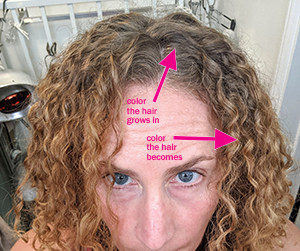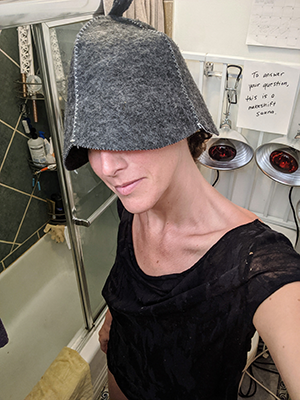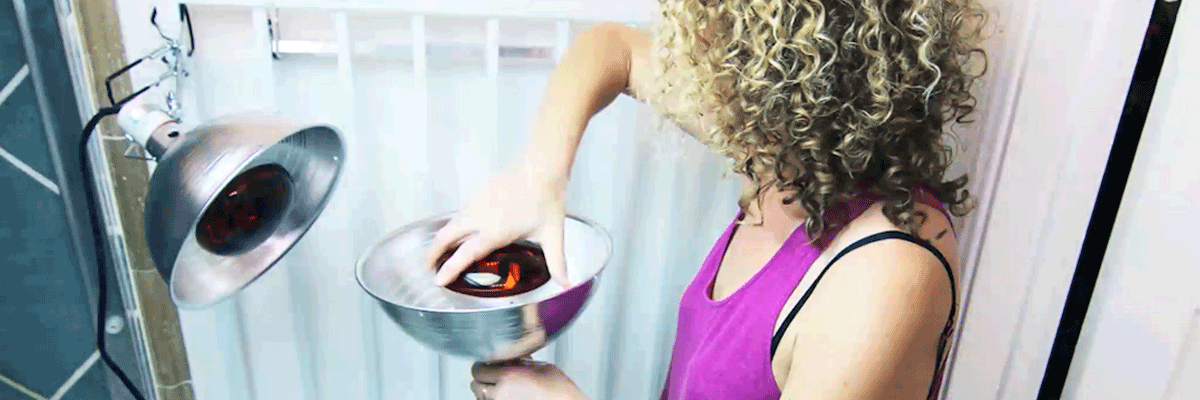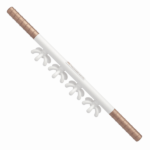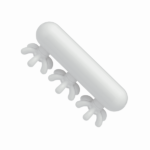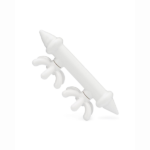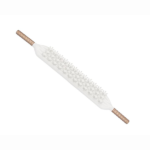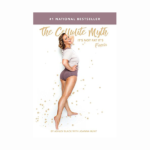Because of the reasons laid out in this post, I decided to make my own at-home DIY sauna using heat lamps. Below are the advantages and disadvantages of doing this. In the next blog post/podcast, I will do a How-To on making a DIY sauna.
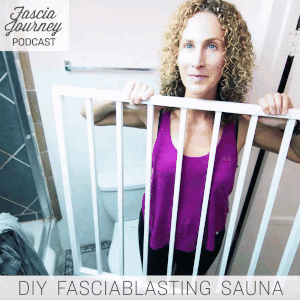
Pros of a DIY Sauna
Convenience
Because it’s right in my bathroom, I can use it more often than I would if it were outside of my home. It’s easily accessible to turn on and use anytime I want.
Comfort
By comfort, I mean it’s easy to use it while naked, which is the very best way to do any FasciaBlasting or fascia self-care work. When I used a public sauna at the gym, I would have to wear a bathing suit. I also don’t have to worry about what I look like while FasciaBlasting, since I’m alone.
Cheaper
A DIY sauna is less expensive than many other options. The outset initial cost will be less than most other options, like installing a far-infrared sauna. Though, it will cost more for electricity each month to power the lamps.
Near Infrared is Superior to Far infrared
Near Infrared lamps have advantages over the Far Infrared lamps used in most non-electric saunas. For more on this, see this post.
Localized Heat
I really like that the heat coming from the lamps is very directional and localized. I can point it at an area of my body and it will heat that area primarily. I find electric saunas to create air that is stifling hot. It almost hurts to breathe, because the air is so hot. I can’t stay in them as long as I can stay in front of my heat lamps, because I start to feel light-headed and stifled.
With my DIY sauna, I can crack the door to the room open to get some air, without compromising the heat to the area I’m working on. It’s great.
Cons of a DIY Sauna
Body Burn Hazard
Welp. We knew this was coming, didn’t we? I took off the safety coverings for my lamps, because the area I’m working in is so small. I’ve burnt myself a few times by accidentally touching my bare, wet skin directly to the 250 watt bulb. Ouch.
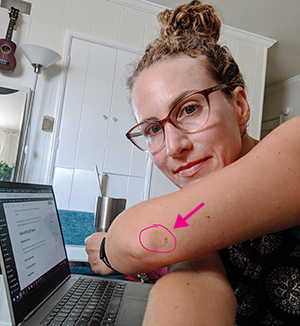
It didn’t stop me, though. Haha. I’ve learned to be really mindful of where my body is while the lamps are on. You could also leave on the safety protectors.
Just as a side safety note- I was worried about the bulbs exploding if they get little droplets of sweat on them, but I’ve had no problems. You can see here how dirty my bulbs get with these droplets and I’ve had no issues from that.
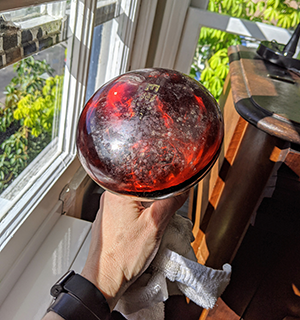
Electricity Expense
I live in a rental where utilities are included, so I was unable to accurately determine how much of an extra cost the electricity is. I got access to the bills, but they only went back two years, which wasn’t long enough to tell what they were before I installed my sauna.
From looking at months where I know I didn’t use the sauna very much, I believe it costs around $50-75 more per month to use my six-bulb sauna three to four times per week.
Six bulbs is kind of overkill, and one could easily use only 3-4 bulbs to achieve a good effect.
Power Draw
I’m using six 250-watt bulbs, so there’s substantial power draw. If I don’t turn off my air conditioner at the same time that I use it, I will trip the breaker and have to reset it.
Ugly
There’s not much more to say. There’s no way to make this makeshift sauna look attractive. And to set it up and take it down everyday would compromise the integrity of the brooder clamps that house the lamps.
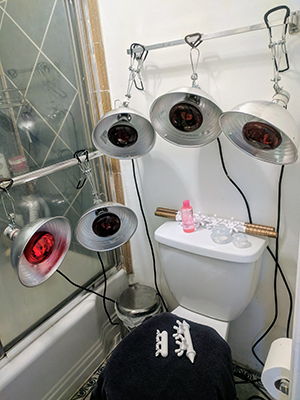
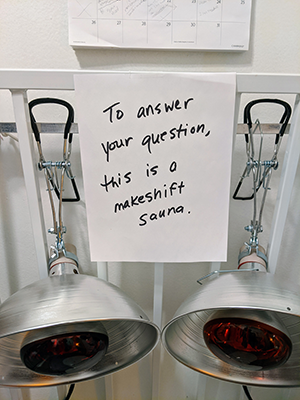
Unwelcome Hair Lightening
It took me a while to figure this out, because I wear a sauna hat and I thought it would protect my hair.
It’s made of gray felt and I think the light makes it through, because my normally ashy dark blonde hair has taken on an orange-y hue. This is common when dark hair is lightened. See pics below.
